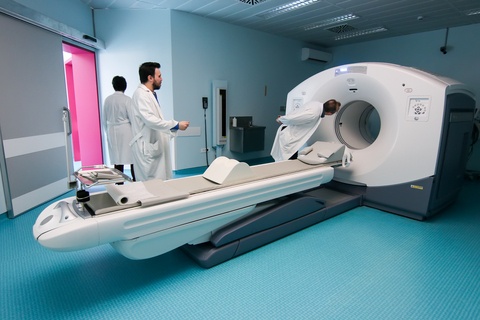Meet FLT PET: A New Hope for Mesothelioma Patients

There’s a new tool called F18-Fluorothymidine (FLT) PET. It takes pictures inside the body and focuses on how the cancer cells are growing.
A more traditional tool, FDG PET, has been used for a while. A study in the Journal of Medical Imaging and Radiation Oncology compared these tools. They wanted to see which tool, FDG PET or FLT PET, could tell doctors more about how well the treatment was working.
Understanding Tools That Help Mesothelioma Patients
Mesothelioma is a rare cancer that affects the lining of the lungs, heart, or abdomen. It is often caused by exposure to asbestos, a harmful mineral that was used in construction and other industries. Due to its aggressive nature, mesothelioma can be hard to predict and monitor during treatment.
Doctors use different tools to understand how well treatments are working for mesothelioma patients. One of these tools is called F18-Fluorodeoxyglucose positron emission tomography (FDG PET). It helps show how the cancer cells respond to treatment. However, there is a problem when patients have undergone a procedure called talc pleurodesis, which is sometimes done to help with breathing difficulties. This procedure can make FDG PET results harder to read.
Enter F18-Fluorothymidine (FLT) PET, another tool that targets cancer cell growth. A study published in the Journal of Medical Imaging and Radiation Oncology looked to compare FDG and FLT PET scans to see which one provided better information about how well the treatment was working.
Researchers looked at 29 patients with mesothelioma. Each of them had FLT PET, FDG PET, and CT scans done before and after one round of chemotherapy. Out of these patients, 10 had previously undergone talc pleurodesis. The team followed the patients to track their overall survival and how well they responded to treatment.
The results were very interesting. The FDG PET scans turned out to be influenced by talc pleurodesis, which made them less reliable for some patients. On the other hand, the FLT PET scans, which focused on cell growth, showed a lot of promise.
This study is the first of its kind to show just how important FLT PET scans can be in measuring mesothelioma treatment response. It suggests that FLT PET might be a better choice than FDG PET, especially for patients who have had talc pleurodesis.
These findings could lead to better treatment plans for mesothelioma patients in the future. By using FLT PET scans, doctors may be able to fine-tune treatments and improve outcomes for people facing this tough cancer.
Source
May IJ, Nowak AK, Francis RJ, Ebert MA, Dhaliwal SS. The prognostic value of F18 Fluorothymidine positron emission tomography for assessing the response of malignant pleural mesothelioma to chemotherapy – A prospective cohort study [published online ahead of print, 2023 Oct 29]. J Med Imaging Radiat Oncol. 2023;10.1111/1754-9485.13592. doi:10.1111/1754-9485.13592. https://pubmed.ncbi.nlm.nih.gov/37898984/





